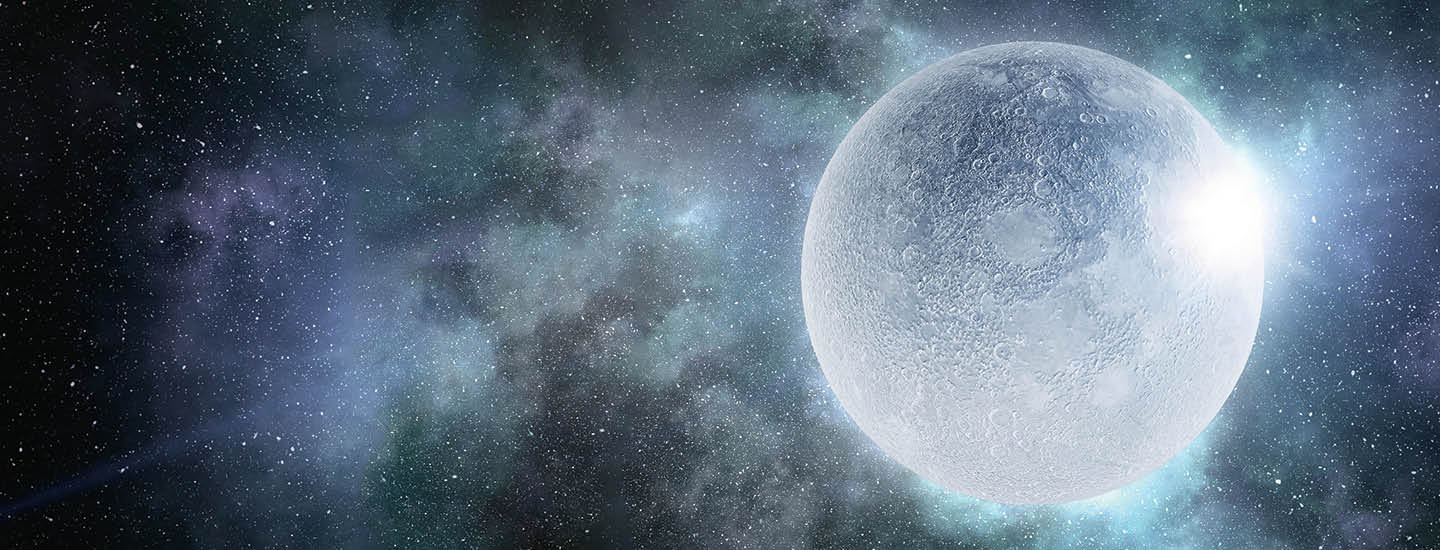Photographs. Golf balls. Poop. What do these items have in common? They are a few of the many items from Earth sitting on the moon right now.
How did they all get there? From 1969 to 1972, the U.S. space agency NASA completed six missions to the moon as part of the Apollo program. During that time, astronauts left hundreds of objects behind. The moon has no wind, no weather, and no people. Because of this, these objects have all been sitting there undisturbed for decades.
Photos. Golf balls. Poop. What do these items have in common? They are a few of the many items from Earth sitting on the moon right now.
How did they all get there? From 1969 to 1972, the U.S. space agency NASA completed six missions to the moon. The missions were part of the Apollo program. During that time, astronauts left hundreds of things behind. The moon has no wind, no weather, and no people. So the objects have been sitting there ever since.
What do photographs, golf balls, and poop have in common? They are a few of the many items from Earth sitting on the moon right now.
How did they all get there? Between 1969 and 1972, the United States space agency NASA completed six missions to the moon as part of the Apollo program. During that time, astronauts left hundreds of objects behind. The moon has no wind, no weather, and no people—and so these objects have all been sitting there undisturbed for decades.

